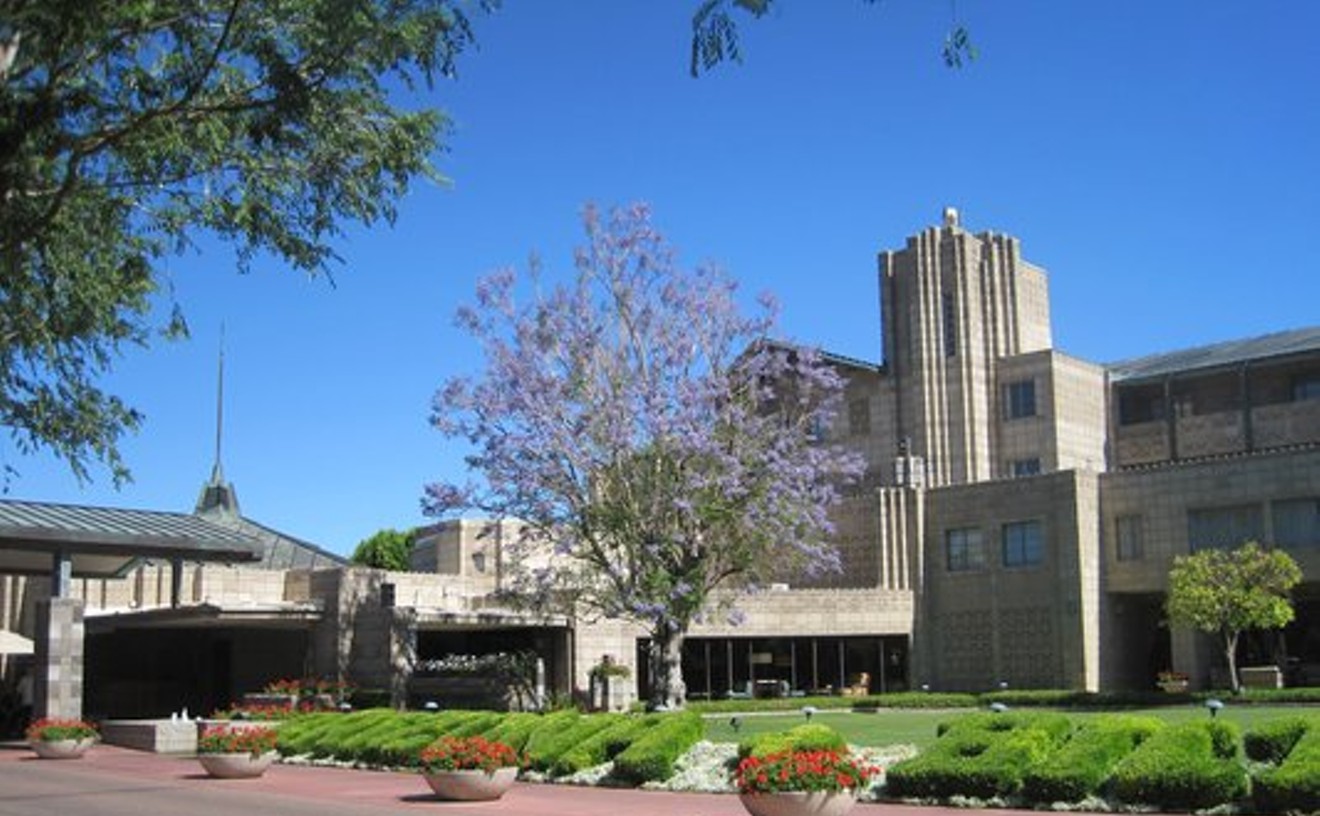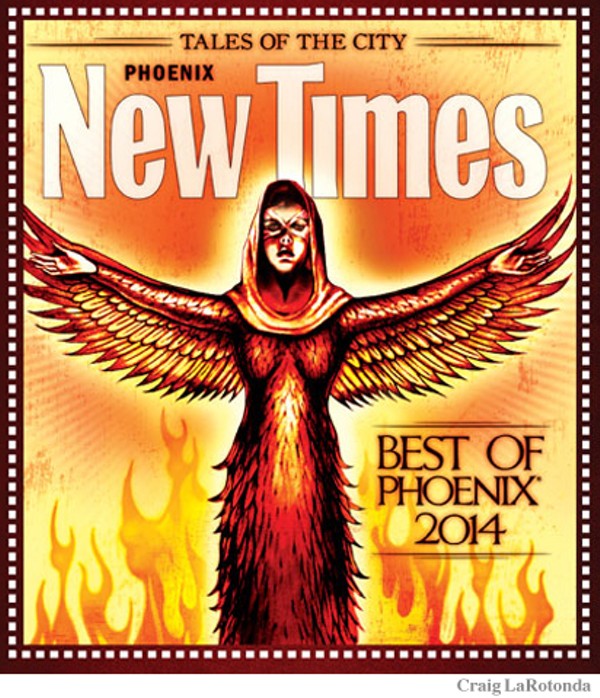Maria Baier: She attended law school and passed the bar; worked for more than a decade in the Governor's Office writing speeches for, among others, Fife Symington; was a flack for Arizona's attorney general; was once commissioner of the Arizona State Land Department, and works now as vice dresident of development and communications for Great Hearts Academies, a charter school in the Phoenix area.
But for people who knew her in the '80s, back when she was Maria Khan, she's the former wildcat gal pal of the late Hunter S. Thompson. The story that's dogged Baier for decades starts out in different locales: In one version, she was a reporter for ASU's State Press sent to cover a speech by Thompson, afterwards disappearing with him for weeks. In another version, Baier met Thompson while she was a cub and he was a columnist for the San Francisco Examiner, and they began a brief but reportedly torrid affair. All versions of the story end with Baier, who reportedly came from a super-conservative background, getting a giant tattoo of a panther on her back before being dumped by Thompson.
Is it true? Well, Baier, the daughter of golf pro Frank Kahn and brother of fire chief Bob Kahn, does appear as a talking head in The Crazy Never Die, a 1988 documentary about Thompson. She features prominently in his story collection Generation of Swine: Tales of Shame and Degradation in the '80s, published the same year, which the author dedicated to her and which includes his essay "Saturday Night in the City," a story that commences with the line, "I dropped Maria off in front of the tattoo parlor just before midnight."
Fact or fiction? You decide. Baier didn't return our calls. But we know people who know people who swear they've seen that tattoo.






